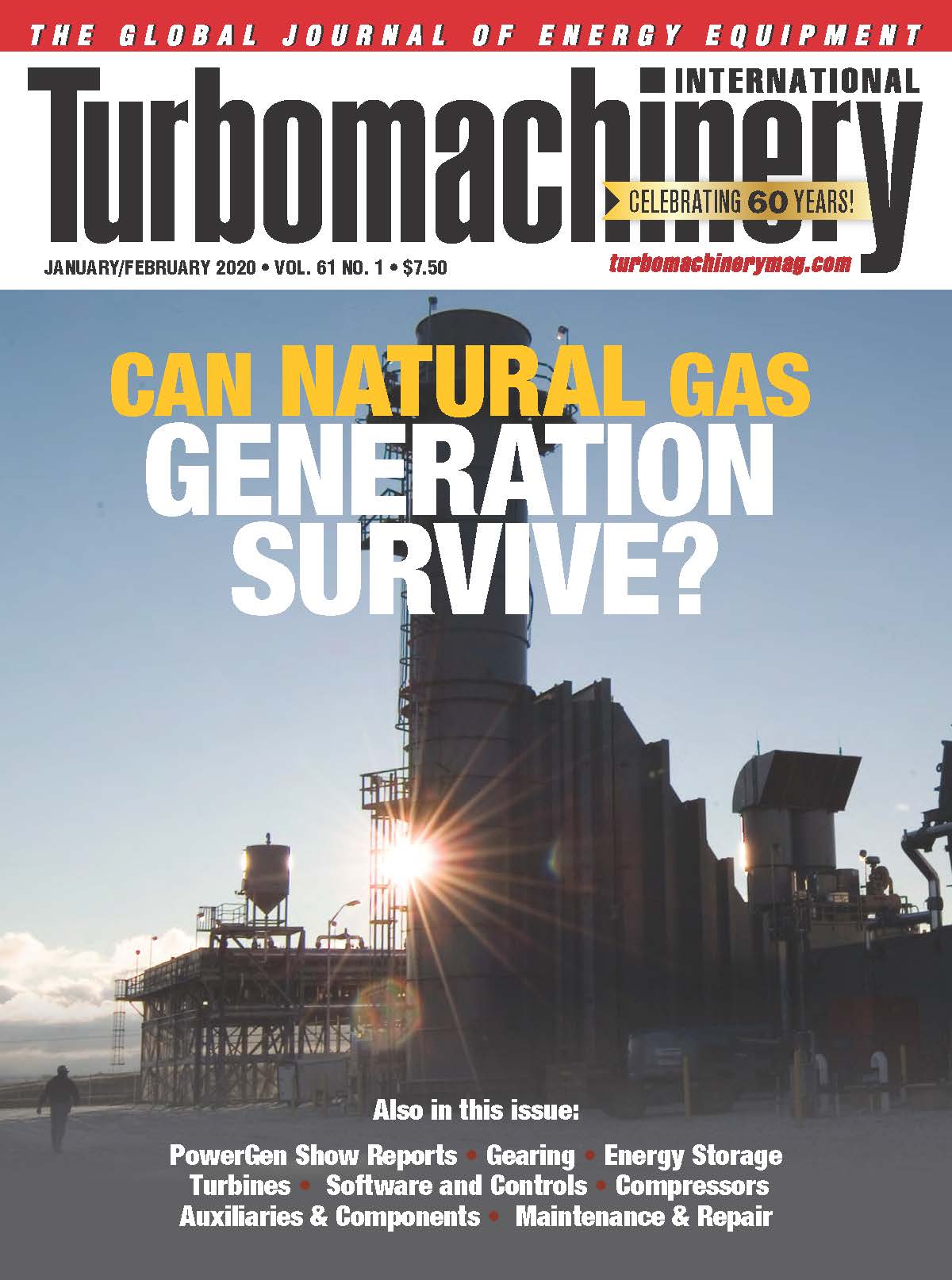Myth: You can always learn something from failure
Mark Twain once said, “Good judgement is the result of experience; and experience the result of bad judgement.” That wise saying is something that turbomachinery engineers and machinery manufacturers should take to heart, especially when it comes to equipment failures.
In most cases, a conservative approach to preventing future failures by avoiding past mistakes is wholly appropriate. Unfortunately, this philosophy can lead to long-term innovation stagnation and risk avoidance. The result can be less than optimal designs.
Rainer and I both work for companies (Solar Turbines and Elliott Group, respectively) that have decades of turbomachinery design experience. Both companies have built tens of thousands of machines for clients all over the world. They have track records of reliable machinery with low failure rates. But Murphy’s Law will always hold: Machinery problems can and will happen.
When failures do happen, a root cause analysis (RCA) is performed. An RCA helps to identify the cause of failure. However, in some cases, the RCA misidentifies the underlying reason for a failure.
The complexity of turbomachinery, after all, means that failures can occur in many possible ways. Some are completely unexpected. They may be unexplainable with the forensics and analysis methods available at the time.
RCA methods typically include material, structural, vibration, and other engineering reviews. The technologies and techniques available have drastically improved over the last 30 years. Although not every failure cause can be identified 100% accurately, human nature drives us toward a desire to reach a final analysis conclusion.
Out of an over-abundance of caution, almost all of these failures resulted in an engineering design rule, restriction or operating limitation to avoid future failures. Over the years thousands of rules and design limitations have become common engineering practices. Many of these practices have been codified in API, ISO, and ASME standards or other industry norms and customer specifications. Over the decades, these standards, norms, and specifications have drastically limited the possibility of creative engineering.
"Failures must not always lead to limiting design restrictions. They should incentivize innovative and novel design solutions."
Not all the same
Not all failures are the same. Those that pose a safety risk should be handled differently than those requiring repairs or related to inability to achieve performance. There are obviously grey areas. There are likely to be discussions about which category a failure belongs to. But such questions can usually be clarified using the following simple questions:• When does a machinery failure pose a risk to the health, environment and well-being of the operators or public?
• Is the failure catastrophic or did it result in repairable equipment damage?
• When is it more of an operational nuisance rather than a true failure?
• Is the failure truly related to the operability of the machine or is it primarily an annoying performance issue?
Over time, collective machinery experience has resulted in design practices that could be considered overly restrictive. Examples include vibration and dynamic limits, control and instrumentation requirements, prescribed materials and coatings for key components, utilities and utility connections, structural load limits, and inspection and inspection access points, many of which are considered unimpeachable in the cannon of machinery engineering.
Rather than accepting them, they should be subject to re-evaluation and technically assessed to make sure they are appropriate and applicable, especially when considering novel technology options and creative solutions.
When a failure occurs, therefore, we should not only ask how we can avoid the failure, but how can we creatively modify, redesign or even reinvent a system to avoid future failures. Not every failure is avoidable and not every failure should result in a design or operation restriction.
A single data point does not make a trend. Yes, costly failures should be avoided, and safety and the environment are always paramount. Failures must not always lead to limiting design restrictions. They should incentivize innovative and novel design solutions.
Klaus Brun is the Director of R&D at Elliott Group. He is also the past Chair of the Board of Directors of the ASME International Gas Turbine Institute and the IGTI Oil & Gas applications committee.
Rainer Kurz is the Manager for Systems Analysis at Solar Turbines Incorporated in San Diego, CA. He is an ASME Fellow since 2003 and the past chair of the IGTI Oil and Gas Applications Committee.
